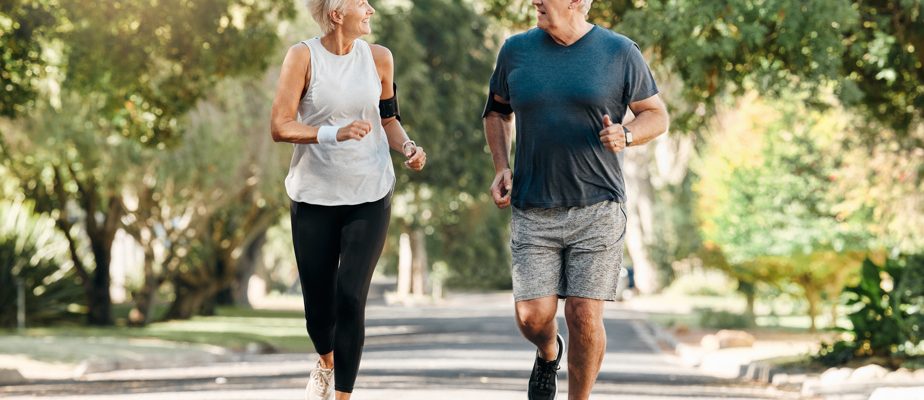(Montreal) A physical activity program can improve the quality of life of patients with long COVID, indicates a meta-analysis recently published by a researcher at Ontario’s Western University.
In particular, the program can help these patients walk faster and cover a greater distance.
“It’s not a surprise because we have physiotherapy and occupational therapy professionals who have been working with these patients in Quebec for three years,” recalled physiotherapist Simon Décary, who is a professor at the faculty. of medicine and health sciences from the University of Sherbrooke.
“We know very well that in certain patients, when they do a form of physical activity, we can have certain benefits. »
However, we must have realistic expectations, added Mr. Décary, who specializes in the care of patients suffering from what the World Health Organization now calls post-COVID-19 syndrome: it is always a question of supportive therapy, not an intervention that will reverse symptoms.
The Ontario team brought together the results of fourteen randomized studies carried out on the benefits of physical activity for these patients who have been experiencing symptoms for at least two months.
The researchers conclude that “breathing training and exercise-based rehabilitation interventions (may) be associated with improved functional exercise capacity in patients with post-COVID-19 syndrome.” 19”.
There is, however, an important caveat: “It is recommended that healthcare professionals closely monitor these patients during the implementation of these interventions to ensure patient safety until more definitive evidence is available.” write the authors of the meta-analysis.
Indeed, some patients who present with post-COVID-19 syndrome may also present with “post-exercise malaise”, meaning that they will notice a return or worsening of their symptoms in the hours following physical activity.
It is therefore of the greatest importance, as already recommended by the WHO, to carefully assess the patient before undertaking anything, underlined Mr. Décary.
“The first thing to do is to screen for discomfort, and then after that, it determines the trajectory (of the treatment), he indicated. So what this tells us here is that in certain patients who probably do not have the symptom of post-exercise malaise, if I give them an exercise program, I have a high probability that it will be safe and I have a high probability that I can help at least a little. »
Researchers will now try to determine if it is possible to safely help patients who experience post-exercise discomfort. Eventually, predicts Mr. Décary, the management of these patients could resemble what is done in rheumatology or chronic pain, where the use of medication sufficiently controls the symptoms to open a window that allows us to hope for the best results. possible results during an intervention.
Moreover, a study recently published in the prestigious journal Science revealed that SARS-CoV-2 exploits the human energy system, the mitochondria, to replicate, recalled Mr. Décary.
“The mitochondria is what produces energy when you exercise,” he said. But if there is something abnormal in the functioning of the mitochondria, it is certain that we will have an ineffective response to exercise. »
The simple act of better understanding why physical exercise is ineffective in patients who suffer from post-exercise malaise is incredibly useful, considers Mr. Décary, and could one day be “the source of a pharmacology that could lead to ( these patients) towards a cure if we found a pharmacological agent that can repair the mitochondria.
“Now that we understand well, among people who respond well, how it works,” he said, “our attention is very much on people who have been stuck with this handicap for two or three years and who will clearly needing more than an exercise program to improve.
“The answer is probably right before our eyes. »
The findings of this meta-analysis were published by the medical journal JAMA Network Open.
